Service hotline
+86 0755-83975897
Release date:2024-10-25Author source:KinghelmViews:1779
Many people are not familiar with BNC connectors, and even fewer understand their uses, structure, and quality characteristics. Today, we’ll dive into everything you need to know about BNC connectors!
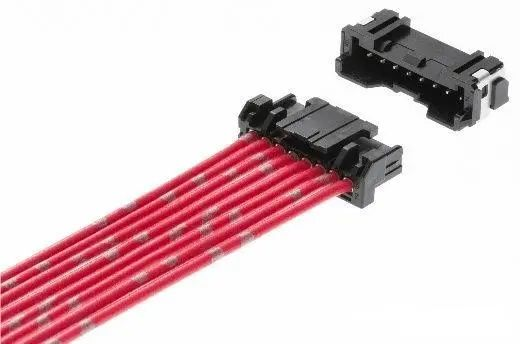
![]() BNC Connector Structure
BNC Connector Structure
● BNC T-Connector: Used to connect network cables to computer network cards.
● BNC Barrel Connector: Joins two coaxial cables to create a longer cable.
● BNC Cable Connector: Used for soldering or attaching to the ends of cables.
● BNC Terminator: Prevents signal reflection at the end of a cable, featuring a resistance that matches the network cable's characteristics. Every terminator must be grounded.
![]() Key Features of BNC Connectors
Key Features of BNC Connectors
1. Characteristic Impedance:BNC connectors typically have characteristic impedances of 50Ω and 75Ω. Many series offer both types. Generally, 50Ω connectors are used for high-frequency, high-performance applications, while 75Ω connectors are common for consumer electronics below 4GHz. Users should choose the connector that matches their product's impedance.
2. Frequency Range:Each BNC connector has a specified frequency range. It's crucial for users to understand their product's operating frequency to select the appropriate connector. Using a connector below the required frequency can impair electrical performance, while using an unnecessarily high-precision connector can be wasteful. Keep in mind that connectors designed by different manufacturers may have varying frequency capabilities, especially lower-quality products. Always check the electrical performance specifications.
3. VSWR (Voltage Standing Wave Ratio):VSWR is one of the most critical performance metrics for BNC connectors, measuring the ratio of reflected signal power. It varies with frequency, with higher frequencies generally resulting in higher VSWR. For specific VSWR values at given frequencies, consult the manufacturer.
![]() Quality of BNC Connectors
Quality of BNC Connectors
1. Surface Finish:A quality BNC connector has a smooth, shiny surface. The higher the copper purity, the brighter the finish. Some products may appear shiny but are made from iron.
2. Magnet Test:Typically, only the bayonet spring and the rear spring are made of iron, while the clamp, pin, and sleeve are made of copper, and other components are zinc alloy.
3. Material Inspection:Scraping off the surface coating with a blade can help visually assess the material quality and compare it to other products.
As technology advances, the complexity of machinery will continue to increase. Connectors play a vital role in these systems. Though small, they are essential for signal transmission, making their performance and quality critical for the longevity and functionality of machines.
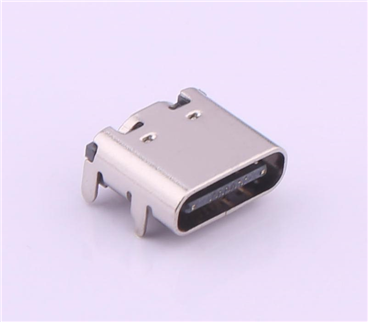
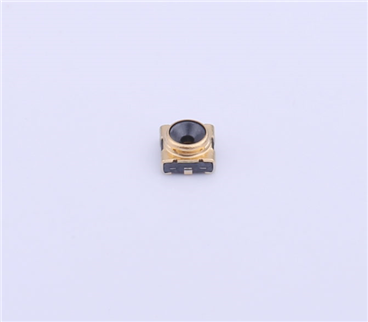
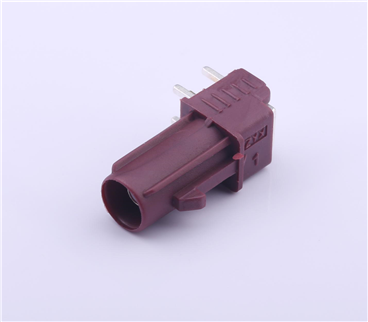
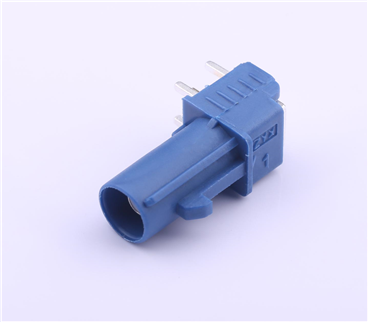
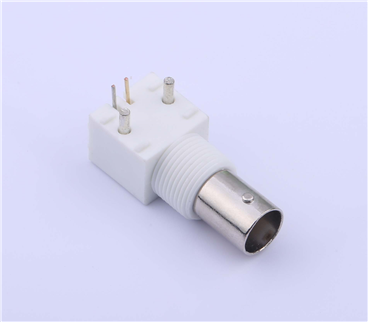
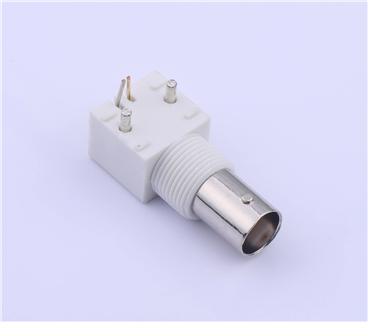
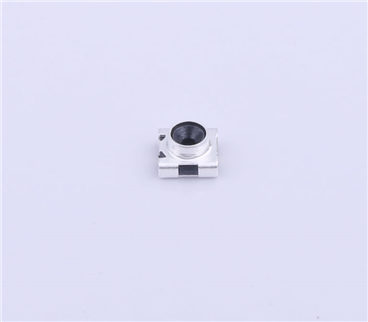
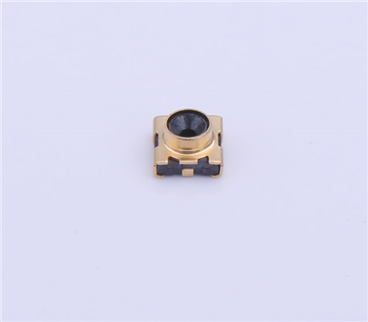
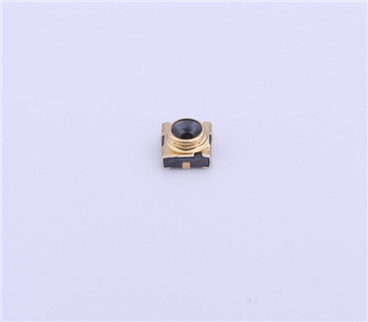

Copyright © Shenzhen Kinghelm Electronics Co., Ltd. all rights reservedYue ICP Bei No. 17113853